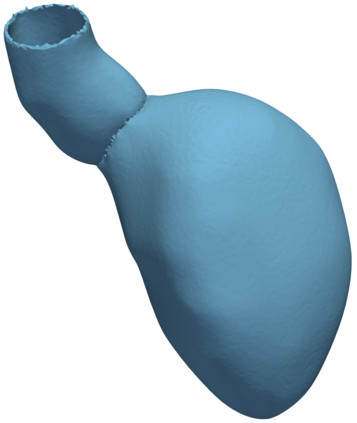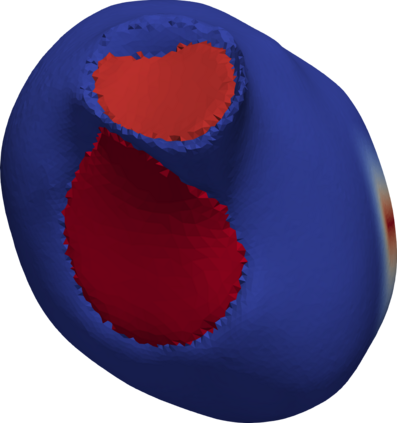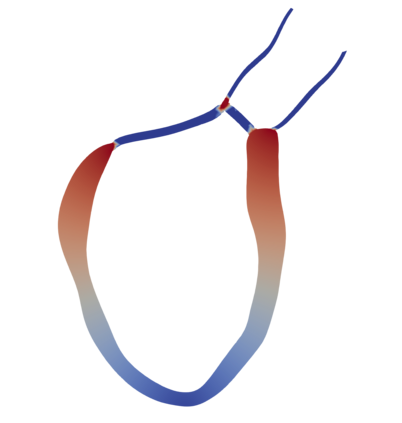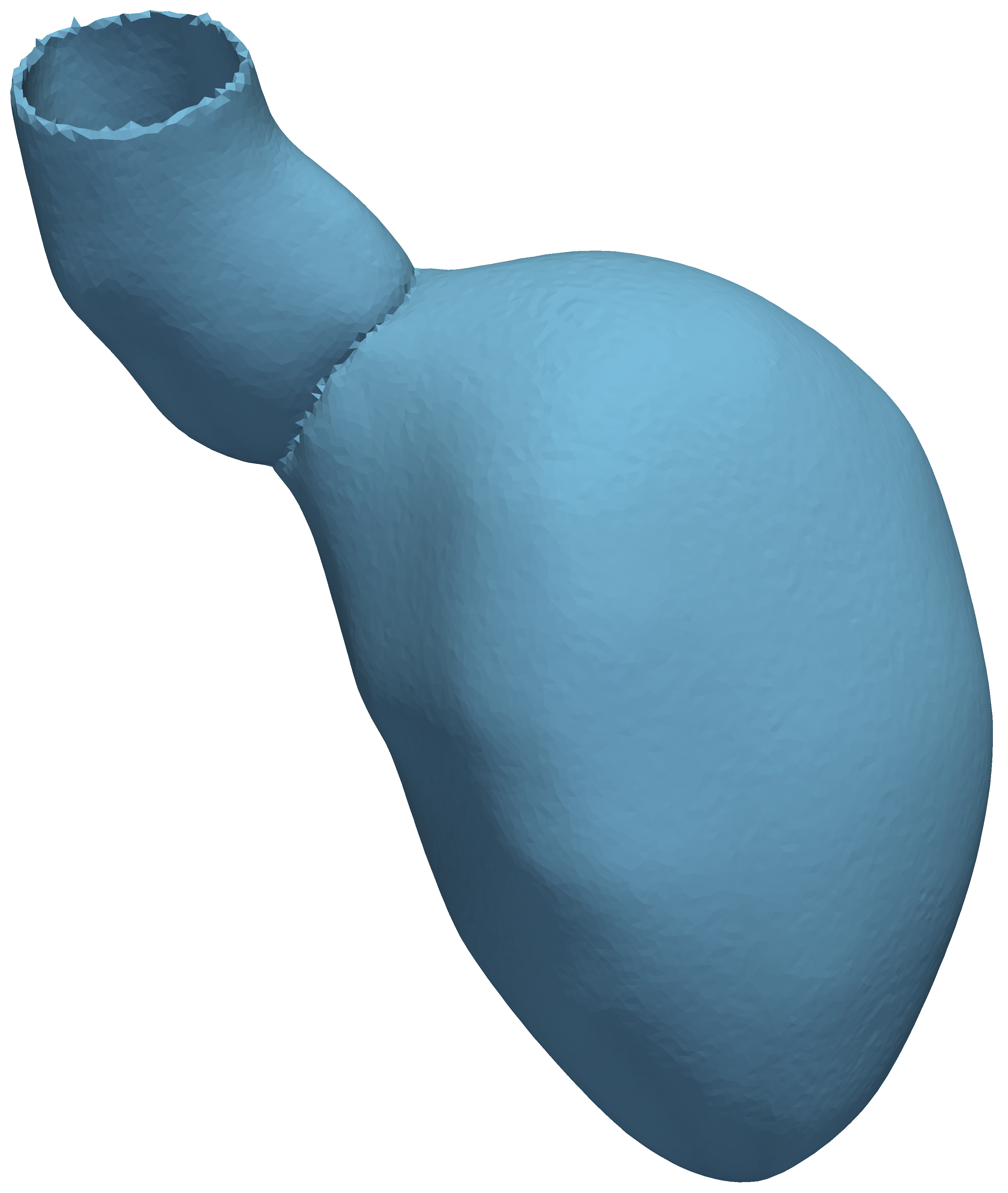The impact of increased stiffness and pulsatile load on the circulation and their influence on heart performance have been documented not only for cardiovascular events but also for ventricular dysfunctions. For this reason, computer models of cardiac electromechanics (EM) have to integrate effects of the circulatory system on heart function to be relevant for clinical applications. Currently it is not feasible to consider three-dimensional (3D) models of the entire circulation. Instead, simplified representations of the circulation are used, ensuring a satisfactory trade-off between accuracy and computational cost. In this work, we propose a novel and stable strategy to couple a 3D EM model of the heart to a one-dimensional (1D) model of blood flow in the arterial system. A personalised coupled 3D-1D model of LV and arterial system is built and used in a numerical benchmark to demonstrate robustness and accuracy of our scheme over a range of time steps. Validation of the coupled model is performed by investigating the coupled system's physiological response to variations in the arterial system affecting pulse wave propagation, comprising aortic stiffening, aortic stenosis or bifurcations causing wave reflections. Our results show that the coupled 3D-1D model is robust, stable and correctly replicates known physiology. In comparison with standard coupled 3D-0D models, additional computational costs are negligible, thus facilitating the use of our coupled 3D-1D model as a key methodology in studies where wave propagation effects are under investigation.
翻译:由于这个原因,心脏电动机械(EM)的计算机模型必须结合循环系统对心脏功能的影响,才能与临床应用相关。目前,考虑整个循环的三维(3D)模型是不可行的。相反,使用简化的循环表征,确保准确性和计算成本之间的平衡。在这项工作中,我们提出了一个新颖和稳定的战略,将心脏的3D EM模型与动脉系统血液流动的一维(1D)模型结合起来。建立并使用个性化和3D-1的LV和动脉系统计算机模型,以显示整个循环的三维(3D)模型的稳健性和准确性。通过研究组合系统对影响脉冲波传播的变化的生理反应进行校正。在AAronti、Act-D 加速度模型或Bibrocal 模型中,我们所了解的3-Biscologal 模型的精确性分析成本。我们所了解的3D 3-Bismology 和Biscoal 模型的精确性分析,从而显示我们所了解的标准的复制成本。









